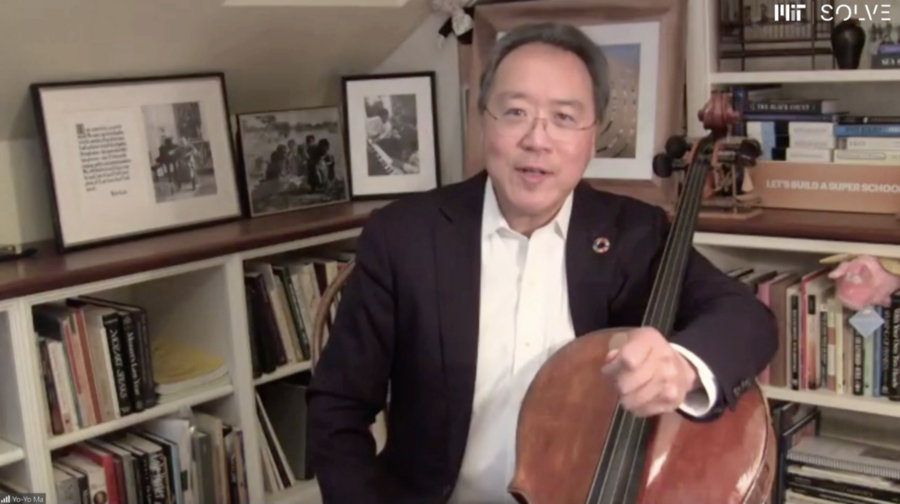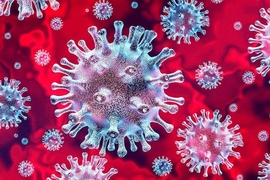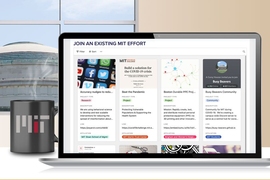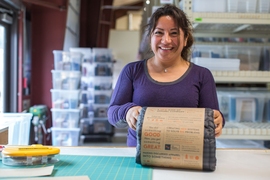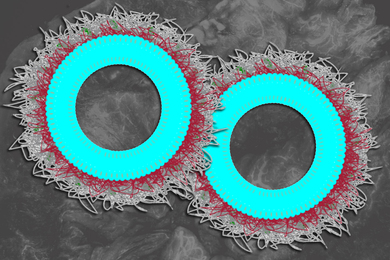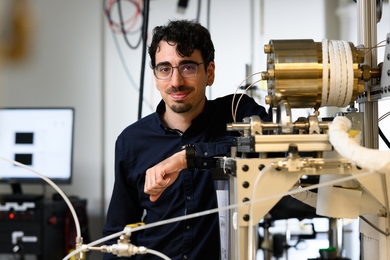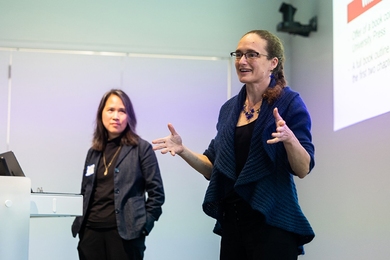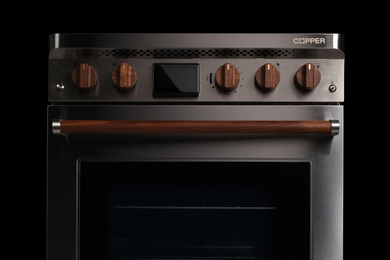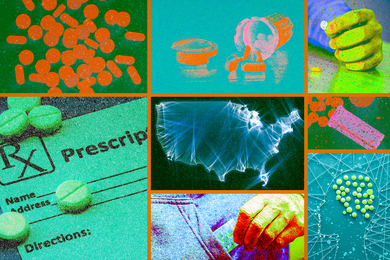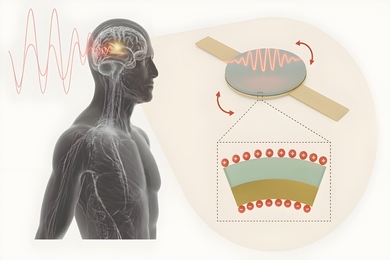In response to the Covid-19 pandemic, MIT Solve, a marketplace for social impact innovation, transformed its annual flagship event, Solve at MIT, into an interactive virtual gathering to convene the Solve and MIT communities. On May 12, nearly 800 people tuned in from all around the world to take part in Virtual Solve at MIT.
The event connected innovators and social impact leaders through breakout sessions to discuss Solve’s Global Challenges and other timely topics, brain trusts to advise 2019 Solver teams, and plenary sessions to feature partnership stories and world-class speakers such as Mary Barra, chairman and CEO of General Motors, in conversation with MIT President L. Rafael Reif; Yo-Yo Ma, world-renowned cellist; and Cady Coleman '83, former NASA astronaut.
Throughout the day, many conversations touched on the broad impacts of Covid-19 — and the importance of building partnerships to scale solutions to pressing global problems. Here are some highlights.
“We’re all one crew”
The opening plenary kicked off with former NASA astronaut Cady Coleman, as she reflected on her time living in space. Looking down at the Earth, she pondered societal divisions and thought about how “we’re all one crew.”
In the face of Covid-19, Coleman reminded us that despite tragedy, people are finding each other, working together, and getting things done. “There’s a chain to help you go and find those people — you just have to be open to finding [them],” she said. “The solutions are bigger and better together.”
Solve partnership stories
The theme of partnership resurfaced many times throughout the day, as Solver teams and Solve members shared stories about their work together. “The way that Solve measures its success is in the value and number of partnerships we are able to broker among our community members,” said Hala Hanna, Solve’s managing director of community.
For example, Merck for Mothers, which works to end preventable maternal death, alongside other partners, has committed $5 million toward The MOMs Initiative, which supports promising health innovators in sub-Saharan Africa and South Asia. The first centerpiece of the initiative is LifeBank, a Frontlines of Health Solver that combines data, smart logistics, and technology to deliver life-saving medical products. LifeBank’s Founder and CEO Temie Giwa-Tuboson and Merck for Mothers’ Executive Director Mary-Ann Etiebet first met in 2018 at Solve Challenge Finals.
Etiebet was impressed by the simplicity — and effectiveness — of LifeBank’s solution. “So often, when we think about the private sector and global health, we think about big global corporations,” she said. “But really, we should be thinking about local, private providers — people who live and work in these communities — and how we can invest in them to drive progress.”
Later in the day, Abhilasha Purwar, founder and CEO of Blue Sky Analytics, and Melinda Marble, executive director of the Patrick J. McGovern Foundation, spoke about their own partnership. In 2019, McGovern Foundation awarded the $200,000 AI Innovations Prize to four Solver teams. Blue Sky Analytics, a Healthy Cities Solver whose AI-powered platform provides key air quality data and source emissions parameters, was one recipient.
“The AI Innovations Prize is the first seed that an entrepreneur needs to get out there and start to accomplish their dream,” said Purwar. Blue Sky Analytics was selected to receive $300,000 in follow-on funding for the prize as well. Purwar was thrilled to receive this additional funding, which will enable Blue Sky Analytics to hire critical engineering talent to further develop its platform.
A stretch break with an Olympian
To provide a break from the discussions — and from sitting at home desks — Pita Taufatofua, two-time Tongan Olympian, led the audience in a brief stretching session. “There’s been so much talk about what the world's going to look like after Covid-19,” he said.
“But one thing that hasn’t changed is that as human beings, we have to look after each other, and we also have to look after ourselves — physically and mentally.” His simple routine reminded attendees to take a moment for themselves.
Leadership during Covid-19
Mary Barra, chair and CEO of General Motors (GM), and L. Rafael Reif, president of MIT, then discussed leadership and action in the face of Covid-19. Barra shared the story of how GM partnered with Ventec Life Systems to produce masks and critical care ventilators; Ventec had been making 200-300 ventilators a month, but GM wanted to scale production to well over 10,000 a month.
To make this happen, GM brought its whole team together. “It was inspiring to see how people volunteered, working 24 hours a day to get the work done,” Barra said.
“Things that in a normal corporate time speed would have taken months seemed to be getting done in days and weeks,” said Barra. “What can we do to support people so they can move that quickly [all the time]?”
Inspiring innovation
World-renowned cellist Yo-Yo Ma closed out the event with a moving performance, and described the parallels between music and innovation: developing meaning, managing transitions, and building trust. Ultimately, “the whole point ... is service,” he said. “You use your technique to transcend it in order to serve.”
You can watch many of these conversations on Solve’s YouTube channel.
